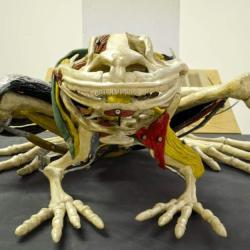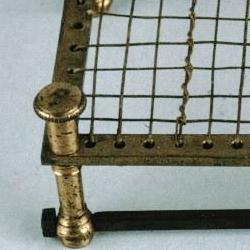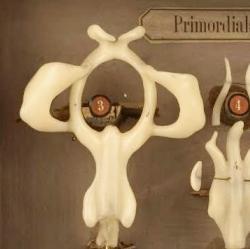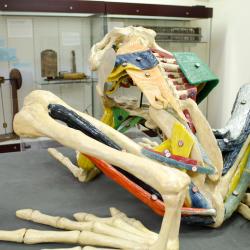Although the Whipple Museum does not have any live frogs or zoological specimens within its collection, it does have many frog-related objects. Why would this be? This section examines the links between frogs and scientific practice, and the contribution that this common amphibian has made to scientific knowledge.









